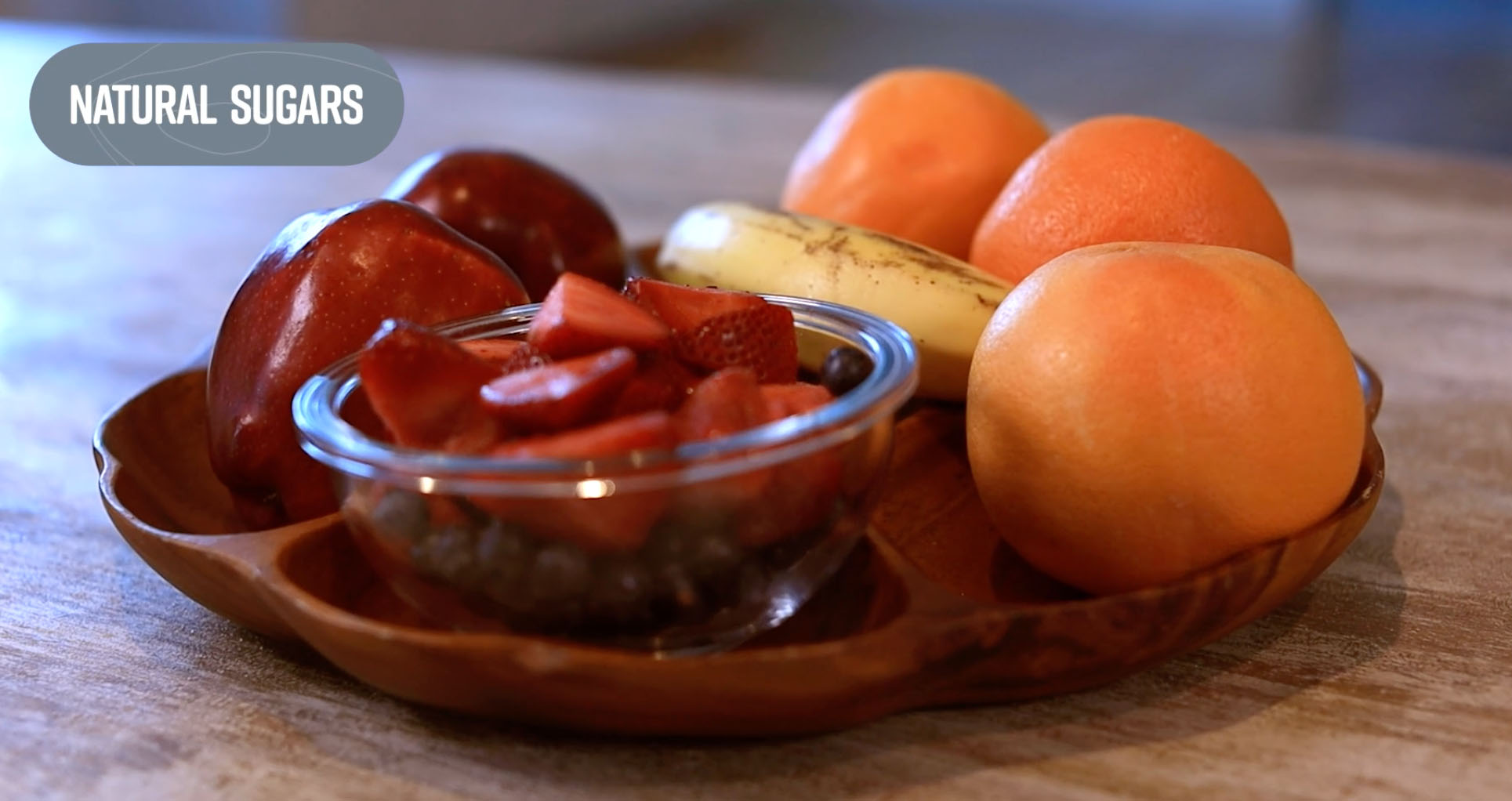Expert: Beat Your Addiction to Sweets

Coffee with creamer, pastries, yogurt parfaits, and ice cream, these sweet treats have become a part of our daily lives — whether we’re looking for an energy boost or celebrating an occasion. And yet we all know that too much sugar is bad for our health.
Welcome to Mindful Minute.
So how much sugar is too much?
The American Heart Association recommends less than six teaspoons of sugar daily for women and less than nine teaspoons for men. On average, Americans consume nearly double that, a whopping 17 teaspoons of sugar.
Now some perspective. If you have a glass of orange juice, that’s 20 grams, drink a soda, that’s 40 grams or Gatorade, a frappuccino or an energy drink, even drinks marketed as healthy, all 40 grams of sugar in a serving. That’s as much as the whole chocolate bar.
So how much sugar does our body require to function correctly?
The answer is zero. Your body doesn’t require added sugar. Yet, many of us are captivated by those sweet flavors, almost as if we can’t resist it. And that’s because we can’t.
Let’s talk about sugar, the sweet addiction.
There are several types of sweeteners that you’ve probably heard about:
- natural sugars, like those found in fruits and vegetables
- added sugars, like high fructose corn syrup, often found in many drinks
- artificial and plant-based sweeteners found in many diet products
Recent studies, however, suggest that artificial sweeteners may be as bad as regular sugar.
So why is it so hard to put the sugar down?
Well, it’s addictive, like alcohol or drugs. Except it’s more accessible and more accepted.
Sweeteners send reward signals to your brain that make you feel good. Have you ever had a rough day and reached for ice cream or chocolate for comfort? Typically, all that extra sugar you’re consuming isn’t being burned. Instead, it’s stored as fat.
Top 3 tips on how to beat the sweet sugar addiction.
Tip 1: Craving something sweet? Eat it, don’t drink it. You may eat a whole cup of berries, but an average smoothie may have a banana, two cups of berries, and a full glass of fruit juice. That’s 15 grams of sugar versus almost 80 grams in the smoothie.
Tip 2: Go natural. Avoid beverages with added or artificial sweeteners. Instead, infuse water with fresh fruit like berries or a lemon wedge to add a hint of flavor.
Tip 3: Choose lower sugar alternatives to help satisfy your sweet tooth. Instead of ice cream, have plain Greek or non-dairy yogurt, unsweetened apple sauce, or cocoa roasted almonds if you’re craving some chocolate.
Video series created by Dr. Michelle Pearlman.
Tags: blood glucose, Dr. Michelle Pearlman, healthy eating, naturally occurring, Nutrition, sugary foods, total sugars, types of sugars
